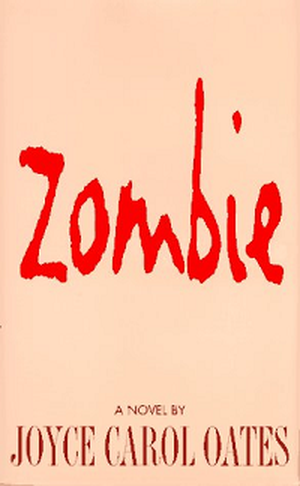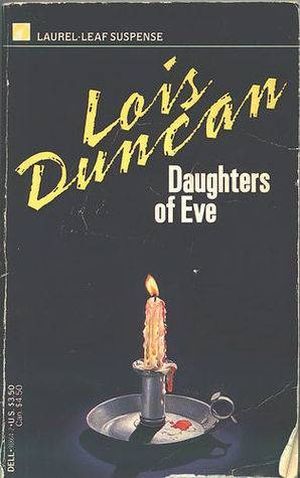This content contains affiliate links. When you buy through these links, we may earn an affiliate commission.
There’s no shortage of books that stir up controversy in the 2020s. In an era that’s seen a monumental increase in book bans, anything even remotely subversive or different gets challenged in one way or another. But controversial books have existed for as long as books have, and historically speaking, the ones that aim to scare us intentionally are the books that tend to drum up controversy, big and small.
To what extent can authors scare their readers in a horror novel? It’s a question that’s been asked and answered for centuries, with each new time period bringing a different interpretation. Mary Shelley’s Frankenstein, which was said to have scared the pants off the people she first read it to, isn’t necessarily that scary by our 21st-century standards. But I can name any number of publications (and readers, too) who have been wholly frightened by the works of Stephen King. The same could arguably be said for Thomas Harris’ The Silence of the Lambs — but whether that’s over horrific subject matter or transphobia is still an ongoing conversation.
Here are six horror novels that have drawn controversy in recent memory, even though what people can or can’t handle is ultimately up to the reader. This list contains titles by predominantly white authors because historically, they are the authors we have paid the most attention to and, therefore, generated more controversy around.
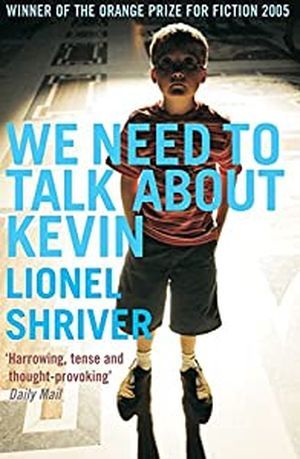
We Need to Talk About Kevin by Lionel Shriver
This horror novel, which has caused debates and controversies since it was first published in 2003, centers on a young boy named Kevin who murders seven of his fellow students. But the story isn’t only about Kevin. It’s also about his mother Eva and what it means to be a good mother. We Need to Talk About Kevin grapples with lingering social issues such as gun violence and mass shootings, and it contains several graphic and violent passages, which have often been labelled disturbing by the public.
Although the book would go on to receive critical acclaim in the years after its initial publication–eventually resulting in a 2011 film adaptation starring Tilda Swinton and John C. Reilly–the novel received polarizing reviews when it was first released, most of which pointed to a sense of unpleasant subject matter throughout. Ultimately, horror novels like We Need to Talk About Kevin that revolve around real-life issues don’t seek to scare as much as they do educate. However, sometimes those two concepts get misinterpreted.
In addition to the novel’s controversial subject matter, author Lionel Shriver has also been the subject of controversy due to her polarizing political views, which have only contributed to the controversial status of We Need to Talk About Kevin: a problematic book written by a problematic author.
Zombie by Joyce Carol Oates
Joyce Carol Oates’s 16th novel delves into the mind of a serial killer, later revealed to be based on Jeffrey Dahmer. Zombie was originally published a year after Dahmer was killed in prison, so the case was fresh in the general reading public’s mind.
Although widely acclaimed, the novel was controversial for just how real the narrative becomes, shocking multiple publications and readers. However, similar to We Need to Talk About Kevin, Zombie likely frightened the public as a result of its representation of vital societal issues related to the makings of a murderer. As New York Times critic Steven Marcus put it in his review from 1995, “In some unmistakable general sense, [Oates’] murderous narrator is supposed to signify for us many important tendencies and truths about contemporary American society […] This dreadful creature is presented to us as not simply living in mainstream America and as not merely being affected by the culture but as in some sense an embodiment of it, as containing and conveying its truth if not its very essence.”
What better way to scare America than to make it look at itself?
The Fright Stuff
Ready for some thrills and chills? Sign up to receive the latest and greatest from the world of horror.
Daughters of Eve by Lois Duncan
Many of Lois Duncan’s young adult novels have been banned or challenged throughout the years. This can best be explained by labelling Duncan a trailblazing feminist author who sought to educate and entertain her young audiences with tales of horror and suspense. These genres were not typically associated with either YA or women in the mid-20th century.
Reading the premise of Daughters of Eve, Duncan’s 19th novel, first published in 1979, makes it sound destined to have become a banned book. Led by an empowered teacher, a group of high school girls forms a secret society to avenge the sexism they face daily at the hands of the boys at their school. But when their plan for feminist revenge shifts its focus to their fathers, no man is safe.
Duncan’s characters are heavily influenced by the Women’s Liberation movement of the 1970s, and the girls in Daughters of Eve certainly do not hold back. However, the novel only started being banned in the wake of its 1997 re-release, namely in states such as West Virginia, Indiana, and New Mexico.
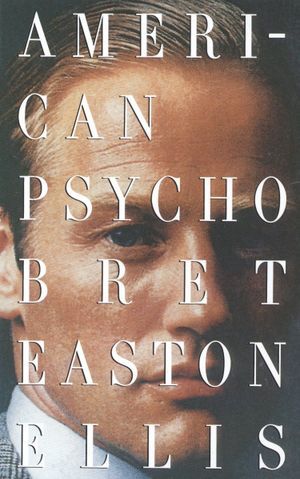

American Psycho by Bret Easton Ellis
Arguably one of the most controversial American novels ever published, Bret Easton Ellis’ American Psycho has generated backlash since it was first published in 1991. Following the life of an investment banker living in New York City who leads a double life as a serial killer, Ellis believed this novel would end his career. He initially sold American Psycho to Simon & Schuster, but once word of its controversial subject matter started making its way into prominent literary publications, the publisher infamously cancelled its release three months before publication date, with then-CEO Richard E. Snyder stating it was an “error in judgment” to put their name on a book with such “questionable taste.”
Vintage Books almost immediately snatched up the rights to the novel and published it as planned, where it became the 53rd most-banned book of the 1990s by the American Library Association. Once again, the controversies surrounding American Psycho revolve around an author exposing brutal societal truths in vivid detail that the public isn’t ready to accept.
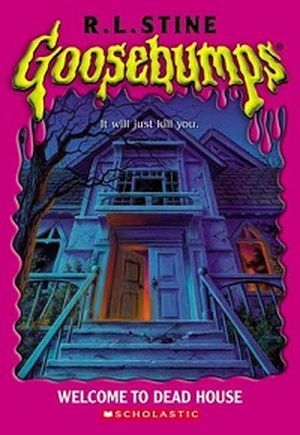

Welcome to Dead House by R.L. Stine
R.L. Stine’s Goosebumps series is one of the most controversial and most challenged books of all time, and it started back in 1992 with the publication of the very first book, Welcome to Dead House. If you grew up reading the Goosebumps books, you might have noticed that the title of the first book in the series is a bit more graphic than those that would follow. That’s because not only did parents, school boards, and religious groups find that the title was too dark, but they also believed having supporting characters killed in the story was too much for their children to handle. As a result, there were fewer character murders in the ensuing Goosebumps books. There was also less blood and gore and fewer factory accidents or deceased animals.
In the 1990s, the Goosebumps series was among the most challenged books for children according to the American Library Association, less so into the 2000s, but still banned in some places. The central objections stem from the books being too scary for children as a result of occult or satanic themes. As PEN America astutely put it in 2013, “Fear is at the heart of Goosebumps, a series that acts in the same way that immunizations do, and it’s just as mandatory for children’s health. It gives them a small dose of scary and lets them produce needed antibodies towards fear, book after book, so that they slowly become less affected.”
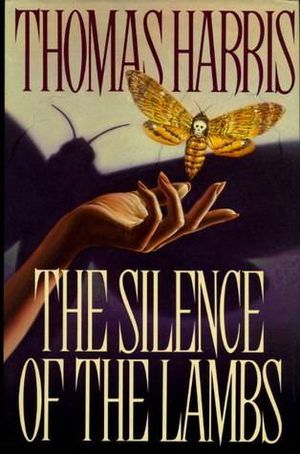

The Silence of the Lambs by Thomas Harris
Did you know that The Silence of the Lambs is a sequel? Before it was adapted into a widely acclaimed psychological horror film starring Jodie Foster and Anthony Hopkins that swept the Academy Awards that year, The Silence of the Lambs was the second installment in a series of books by Thomas Harris following the infamous serial killer Hannibal Lecter. The first book was Red Dragon, which was initially made into the unsuccessful film Manhunter in 1986 before being readapted in 2002 due to Lambs’ success.
Much of the controversy surrounding both the novel and film adaptation of The Silence of the Lambs centers on its transphobic portrayal of Buffalo Bill, another serial killer and antagonist in the story. Whether the Buffalo Bill character is supposed to be read as trans remains to be seen, but it’s inarguable that his murder of women to harvest their skin to wear on his own body makes him a trans-coded villain. The villainization of trans and queer people in media is nothing new and has a long, vast history, which is what makes The Silence of the Lambs read somewhat dated in the 2020s. Many LGBTQ+ critics and filmmakers have blamed both the book and the film for vilifying the transgender community and contributing to the ideology that supports policing which bathrooms trans women can use because cisgender women aren’t safe around them.

